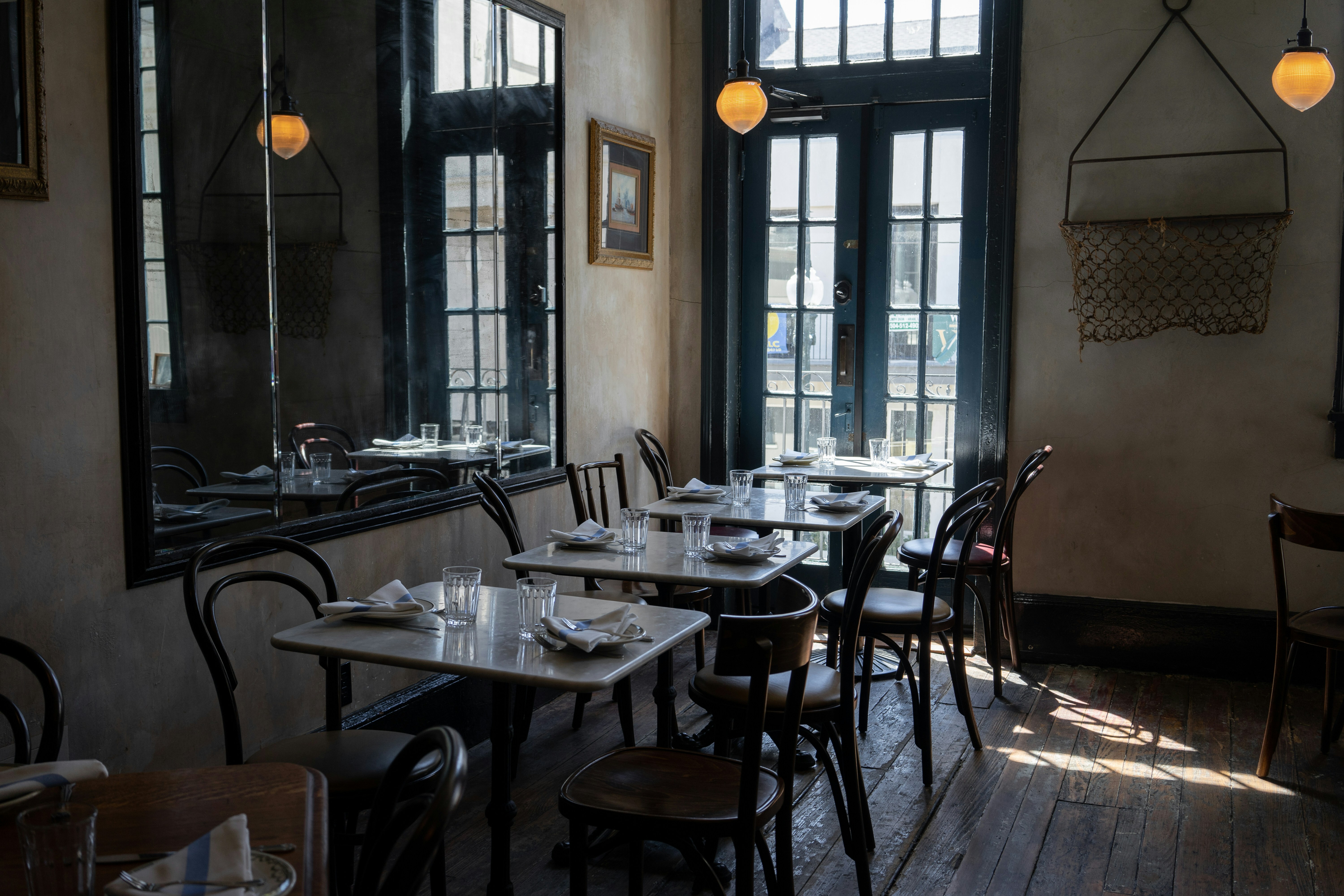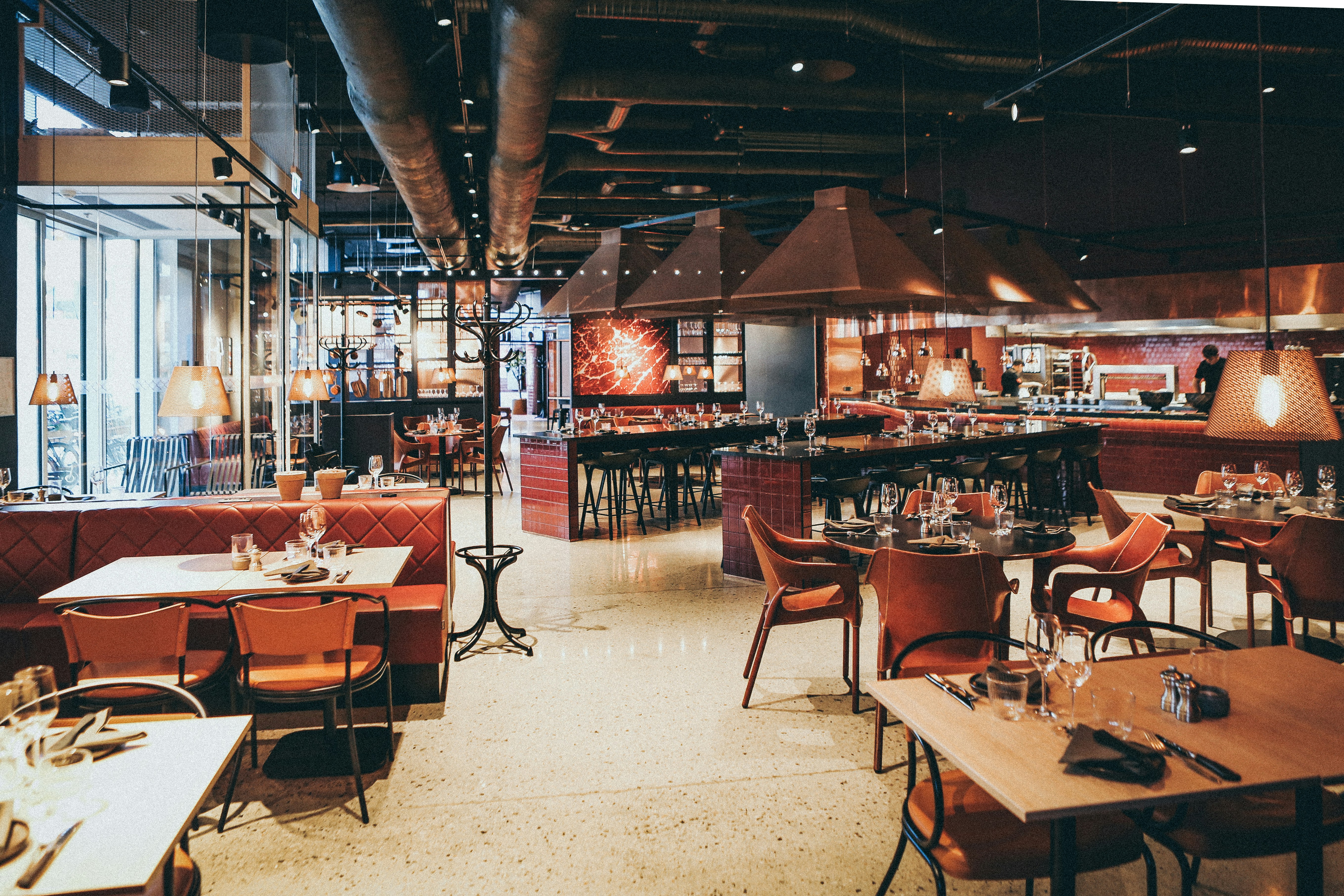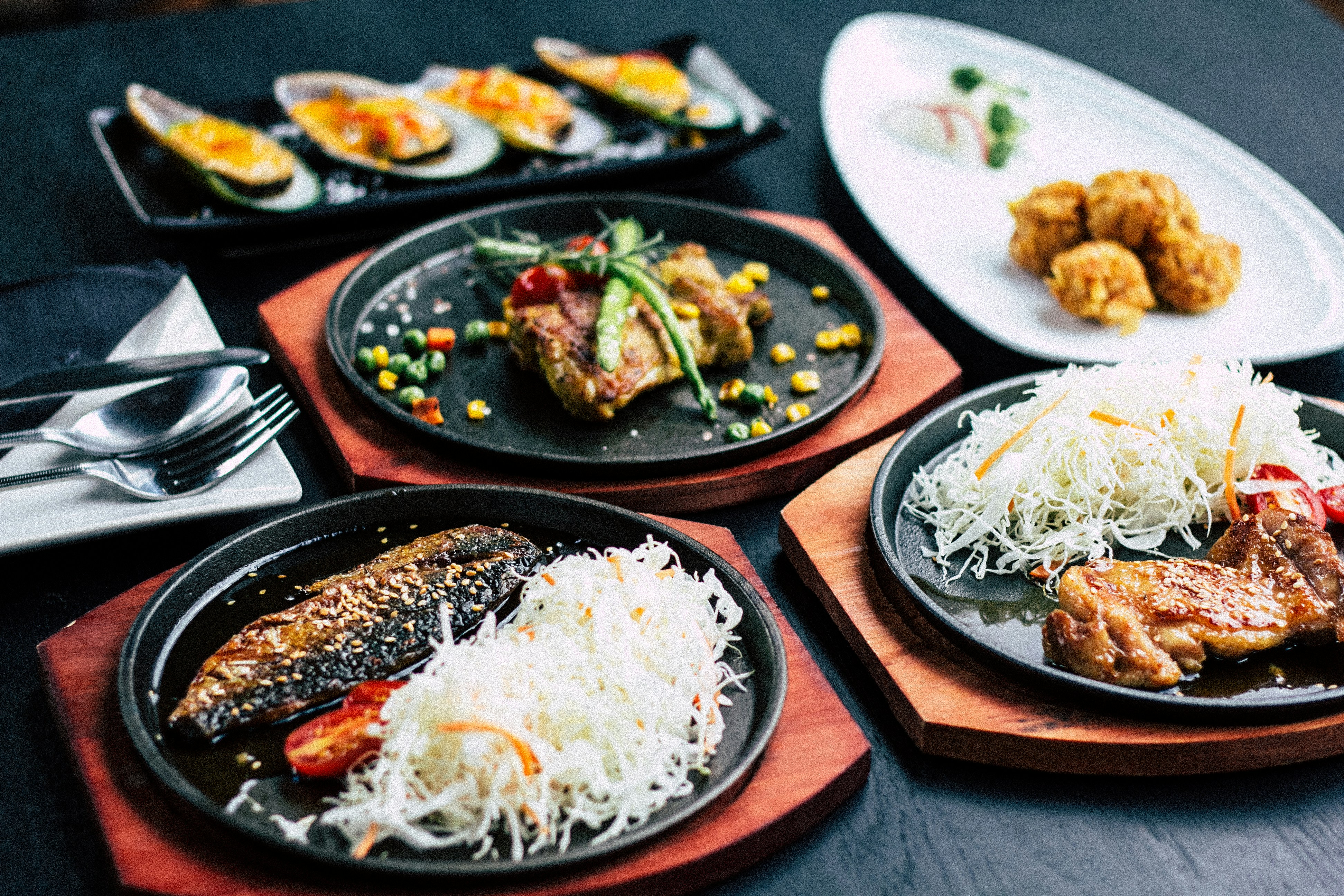Elevating Your Beverage Menu: Trends and Strategies for Restaurants
Explore the latest trends in alcoholic and non-alcoholic beverages, from flavorful cocktails to creative mocktails. Learn how restaurants can optimize their drink menus to meet customer expectations and boost sales.

Photo by Mitchell Hollander on Unsplash
Trending Flavors and Innovations in Alcoholic Beverages
The beverage landscape in restaurants is evolving, with a shift towards more adventurous and unique flavors. East Coast Wings + Grill's introduction of peach and mango cocktails infused with jalapeño tequila exemplifies the trend of bold and flavorful drink offerings.
Rising Interest in No- and Low-Alcohol Options
With the increasing demand for healthier and more diverse drink options, the industry is witnessing a surge in no- and low-alcohol beverages that mimic the taste and appearance of traditional cocktails. These offerings provide customers with the choice of enjoying flavorful drinks without the high alcohol content.

Photo by Mitchell Hollander on Unsplash
Crafting Unique and Consistent Beverage Menus
When developing drink menus, restaurants are advised to strike a balance between uniqueness and consistency. Creating drinks that align with the brand's identity while catering to customer preferences is crucial. It's essential to offer a diverse selection that can be efficiently prepared at scale to meet customer demands quickly.

Photo by Mitchell Hollander on Unsplash
Embracing Mocktails and Non-Alcoholic Alternatives
Restaurants are expanding their offerings to include mocktails, appealing to a growing segment of consumers who prefer non-alcoholic options. By adapting popular cocktails into non-alcoholic versions without compromising on taste, establishments like Angry Crab Shack are catering to a broader audience looking for unique and flavorful alternatives.

Photo by Mitchell Hollander on Unsplash
Analyzing Data and Maximizing Profitability
To ensure the success of new drink items, restaurants should leverage local ordering data to understand customer preferences accurately. Monitoring Cost of Goods Sold (COGS) and Product Mix (PMIX) reports is vital in assessing the profitability of each item on the menu. By aligning offerings with customer demand and profitability, restaurants can optimize their beverage menus for success.

Photo by Mitchell Hollander on Unsplash
Training and Brand Consistency
Maintaining consistency across a brand is key when introducing new menu items, especially in the beverage category. Thorough training programs, like the one implemented by Maggiano’s Little Italy, ensure that staff are well-equipped to deliver a standardized and high-quality drink experience. Each new cocktail or mocktail should reflect the restaurant's identity and enhance the overall dining atmosphere.